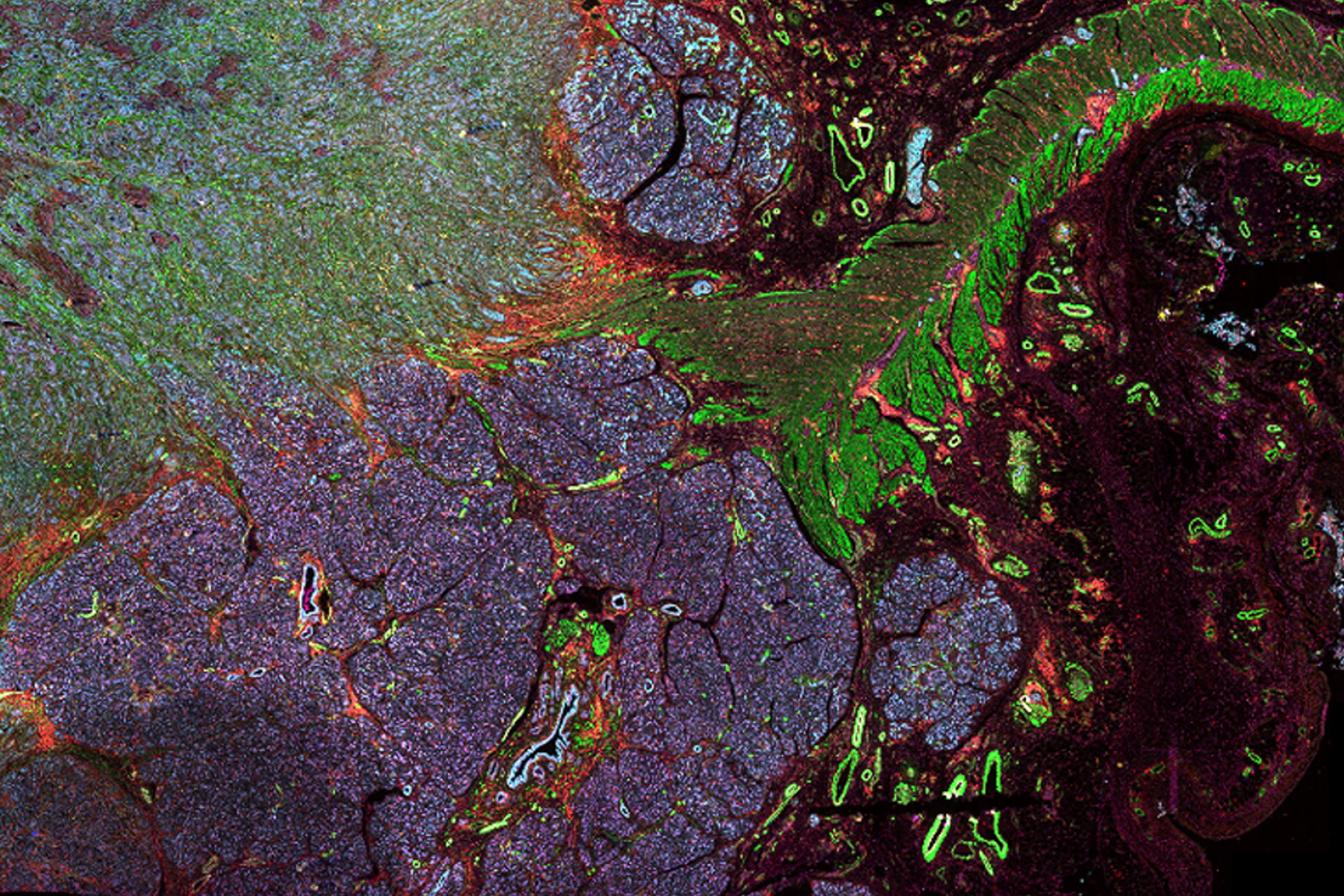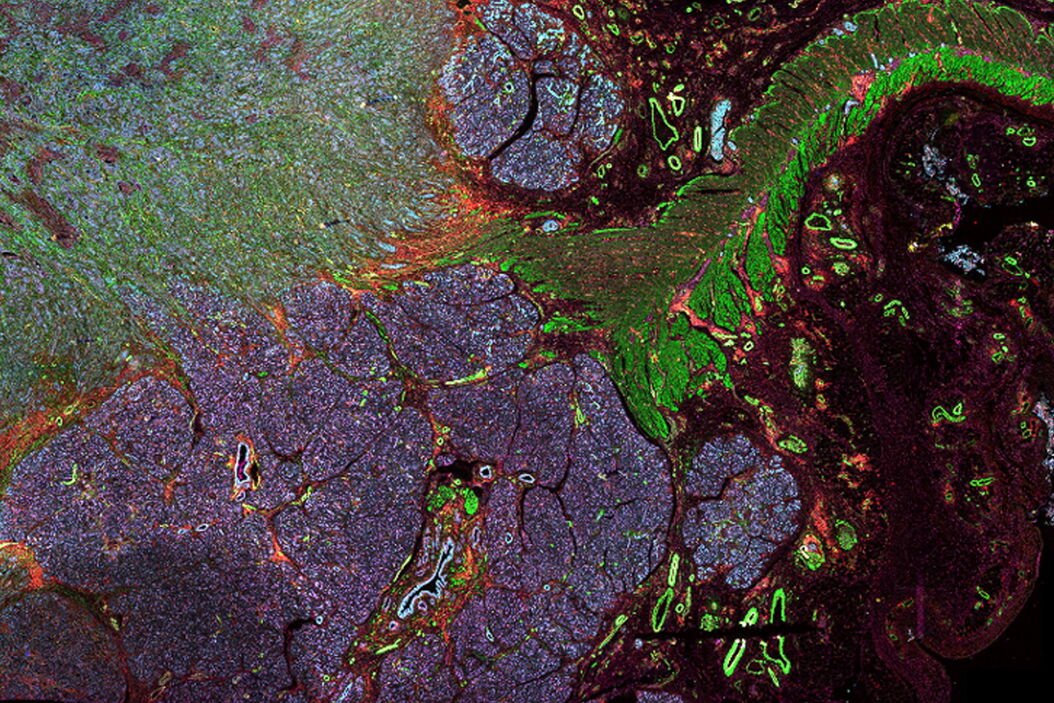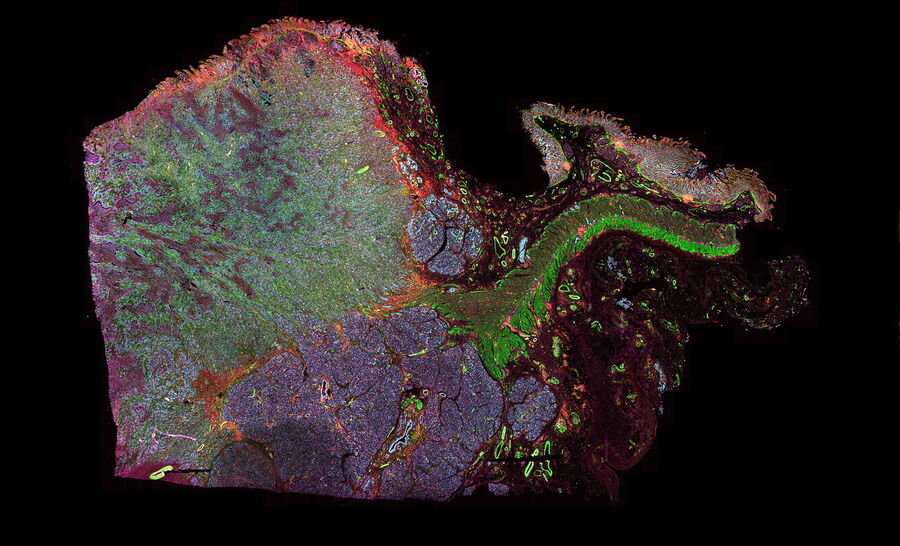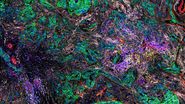About the article
In this article, we explore the different types of multiplexing technologies available, as well as their benefits and disadvantages. Specifically, we cover the main categories of multiplexed imaging: staining and imaging in one, one-pass lower-plex, all-in-one omics solutions, and iterative staining. We also compare these technologies based on their number of biomarkers, ease of use, multiple slides, biomarker selection flexibility and resolution.
Additionally, we provide technical information, pros and cons, and background information so you can have a foundation to understand the current multiplexing landscape. Finally, we describe how Cell DIVE, our open multiplex solution, fits into the rapidly evolving multiplexing space, and resolves many of the pitfalls and challenges involved in executing a study.
Key Learnings
- Explore the main categories of multiplexed imaging technologies available
- Learn the positives and drawbacks of each approach
- Learn how Cell DIVE overcomes many of the technical challenges of the field and delivers exceptional open multiplexing






